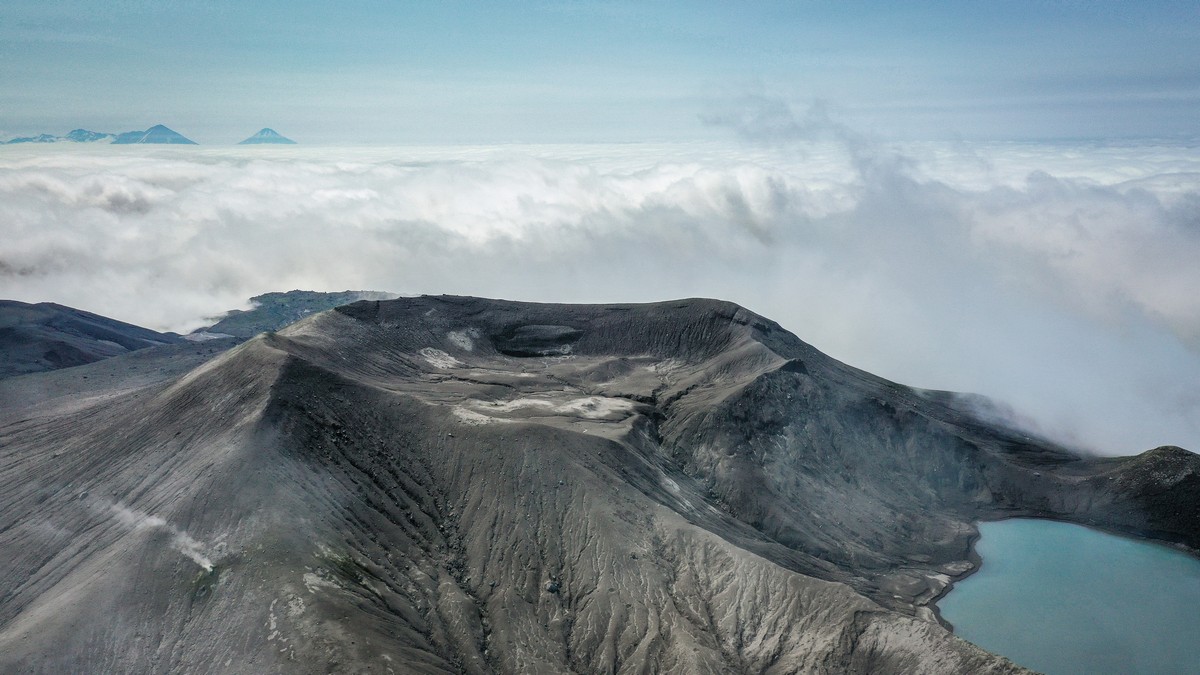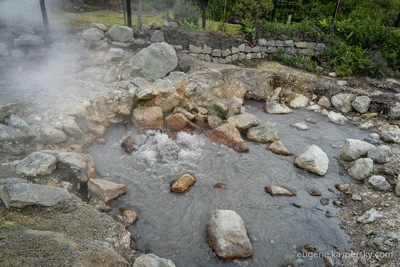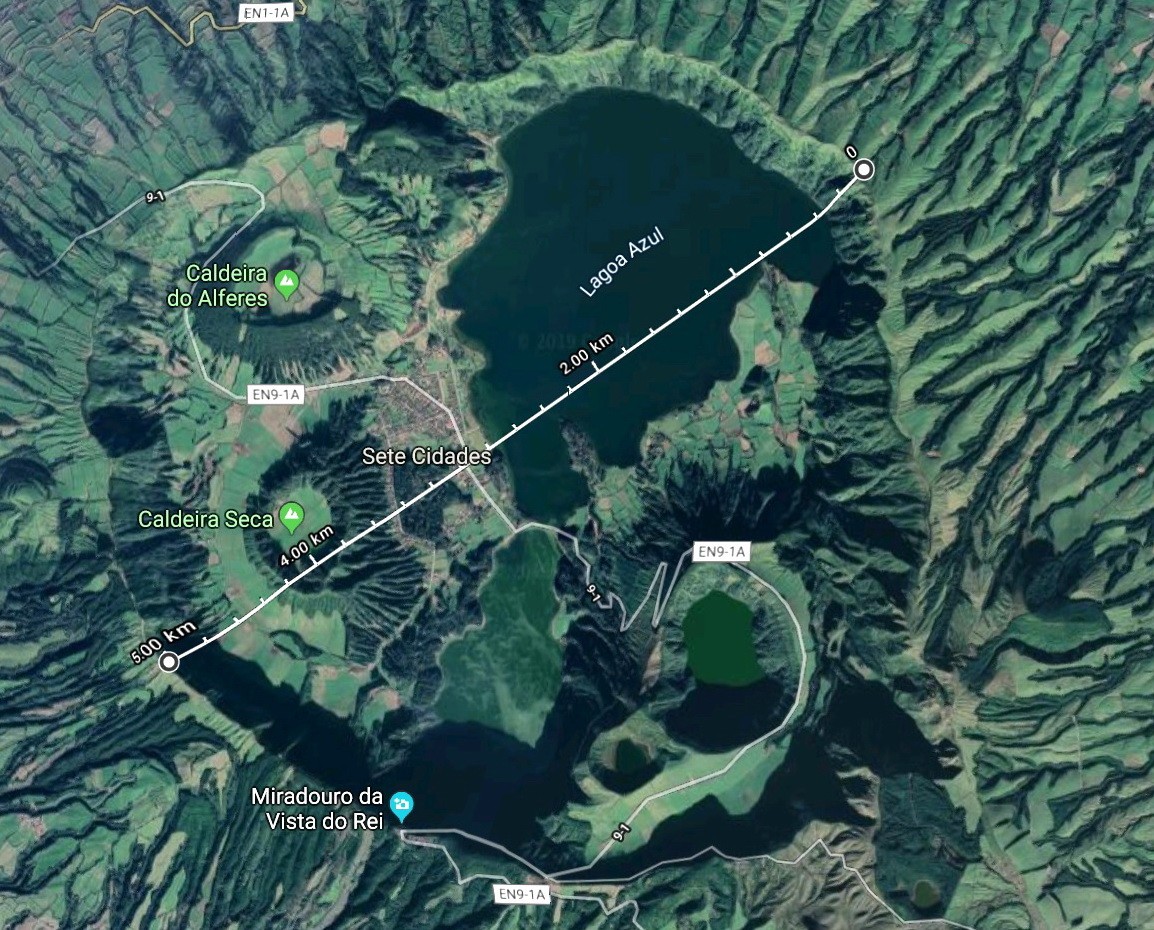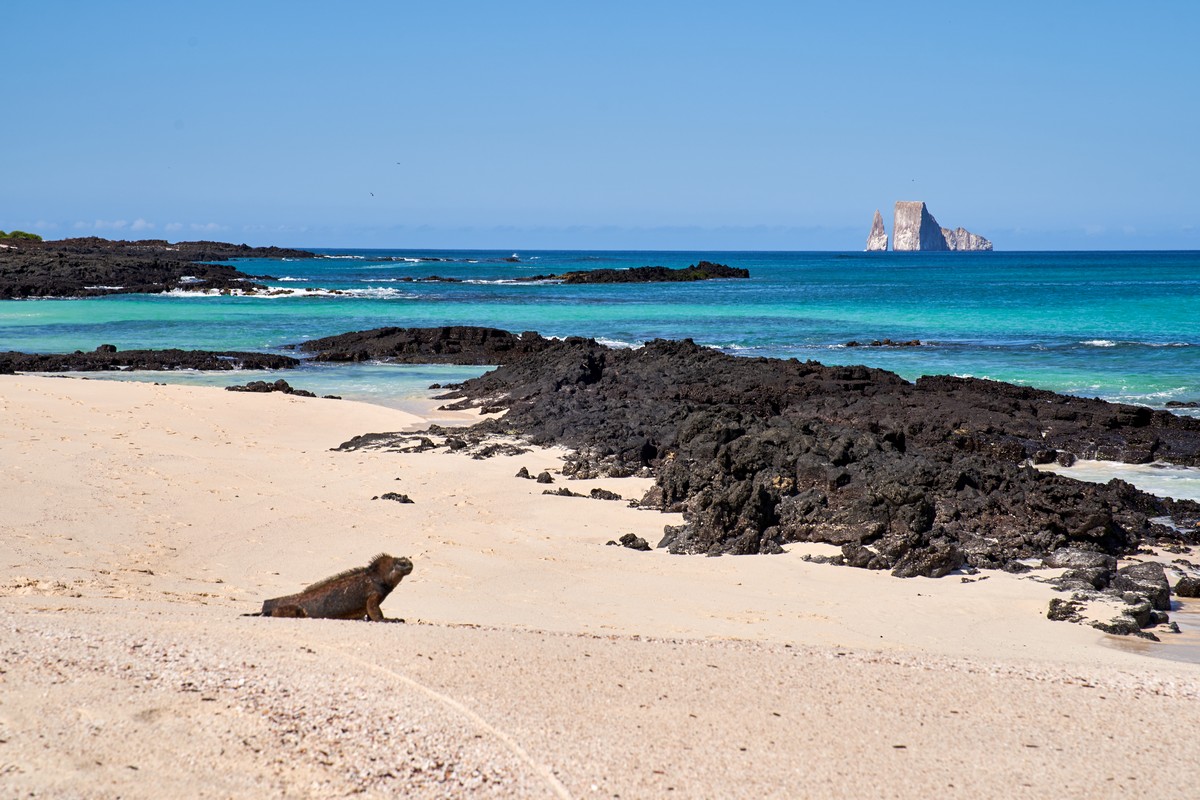August 31, 2019
The King of Volcanos: Krenitsyn volcano, Kuril Islands.
Now we’re done with the northernmost Kuril islands, and it’s time to head south. On the right hand side, we see two islands Antsiferov and Makanrushi. I’ve not heard anything interesting about these two, which is why we pass them by without calling in; perhaps there is something worth seeing that I don’t know about. If anybody knows of something worth seeing on those islands, let me know and I’ll try and visit them next time I’m around this way.
Next on our Kurils route comes sunny Onekotan, a truly remarkable and delightful place! What makes it so special is the Krenitsyn volcano, the most beautiful volcano in the world, positioned at the island’s southern tip. No words or comments can match its beauty… This is the king of all volcanos! A stunning creation. Oh… and there I was trying to steer clear of “words or comments”. Even just looking at these pictures, it takes your breath away… Wow!









![YOU CAN NEVER GET TOO MANY AWARDS. SEE 1ST COMMENT FOR ENGLISH ⏩
"А из нашего окна страна Австрия видна!" - практически (с). Но в этих австриях я был не смотреть из окна, а по многочисленным деловым делам, первое из которых - лично получить несколько важных наград и множество сертификатов от независимой тестовой лаборатории AV-Comparatives.
Это далеко не первая наша награда. Скажу больше - на протяжении последних десяти лет по результатам независимых тестов к нам даже близко ни один конкурент не подобрался. Но почему тогда такое внимание конкретно к этой победе? Ответ простой: густопопсовый геополитизм. В наше весьма геополитически [очень мягко говоря] непростое время... Ну, если отбросить все казённые слова, то будет, как в известном анекдоте про поручика Ржевского. В той самой истории, когда ему указали повторить свою фразу без матерщины. На что тот ответил: "Ну, в таком случае я просто молчал".
Так вот, в наше "поручико-ржевско-молчаливое время" участвовать и получить первые места в европейских тестах - это за пределами научной и ненаучной фантастики. Что в целом совпадает с одной из основных парадигм моей жизни: "Мы делаем невозможное. Возможное сделают и без нас" (с). Большими трудами и непомерными усилиями - да! Это можно! Мы заделали такие продукты, такие технологии, такую компанию - что даже в непростое время нас и в Европах знают, уважают, любят и пользуются. Ура!](https://scontent-iad3-2.cdninstagram.com/v/t51.29350-15/430076034_1096357205018744_692310533755868388_n.heic?stp=dst-jpg&_nc_cat=103&ccb=1-7&_nc_sid=18de74&_nc_ohc=XLII-tX29aoAX80SM4u&_nc_ht=scontent-iad3-2.cdninstagram.com&edm=ANo9K5cEAAAA&oh=00_AfBINCtkZ3-r_aTvdSC36JELI05V6PuBnMWs672PK3GsBQ&oe=65E63D48)




























